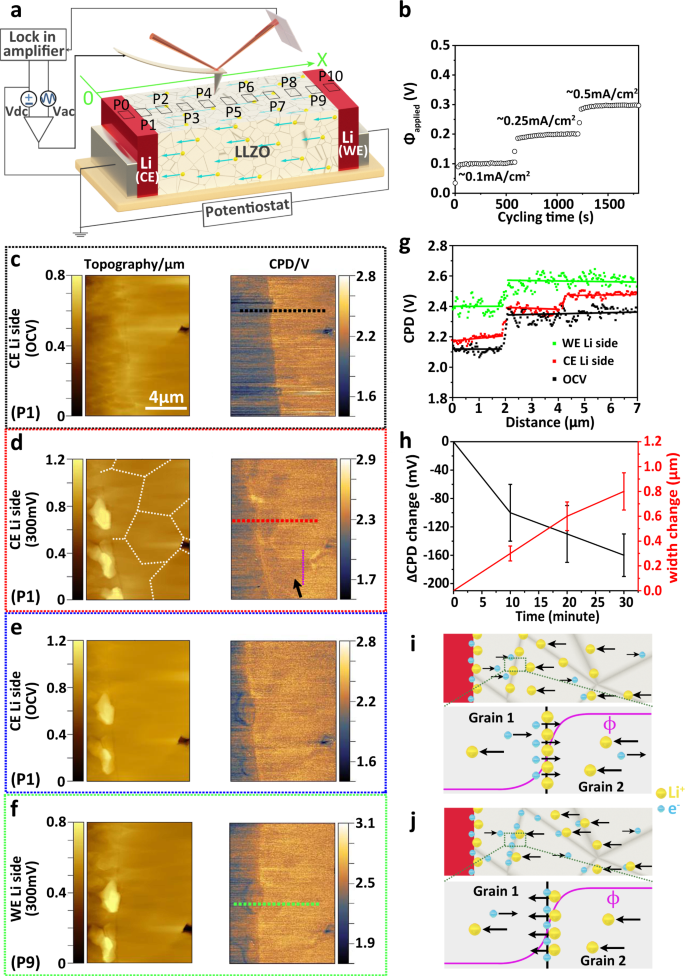2023-04-28 マックス・プランク研究所
Max Planck Institut für Eisenforschungのチームは、熱電材料の微細構造の影響を明らかにし、チタンを添加することで材料の特性を最適化することにより、熱電材料の効率を高めました。材料の粒界相の化学と原子配列は、粒界を通る電子の伝導を定義し、チタンが添加されたことにより、電気伝導性が向上しました。
熱電材料は、温度差があると電気電圧が生成されるため、廃熱から電気を生成することができます。現在の熱電材料は十分に効率的ではないため、熱電材料の最適化により、産業用途に近づくことができます。
研究チームは、8%の効率で廃熱を電気に変換できるニオブ、鉄、アンチモンの合金を研究し、チタンを添加することで効率を最大40%まで高めることができました。現在の研究は、材料の原子構造と機能的特性を関連付け、特定の特性を最適化する方法を示しています。
<関連情報>
- https://www.mpg.de/19984293/thermoelectric-materials-waste-heat-electricity?c=2249
- https://onlinelibrary.wiley.com/doi/10.1002/aenm.202204321
NbFeSbハーフホイスラー合金の粒界相: 熱電材料の輸送特性を調整するための新しい道 Grain Boundary Phases in NbFeSb Half-Heusler Alloys: A New Avenue to Tune Transport Properties of Thermoelectric Materials
Ruben Bueno Villoro, Duncan Zavanelli, Chanwon Jung, Dominique Alexander Mattlat, Raana Hatami Naderloo, Nicolás Pérez, Kornelius Nielsch, Gerald Jeffrey Snyder, Christina Scheu, Ran He, Siyuan Zhang
Advanced Energy Materials Published: 15 February 2023
DOI:https://doi.org/10.1002/aenm.202204321

Abstract
Many thermoelectric materials benefit from complex microstructures. Grain boundaries (GBs) in nanocrystalline thermoelectrics cause desirable reduction in the thermal conductivity by scattering phonons, but often lead to unwanted loss in the electrical conductivity by scattering charge carriers. Therefore, modifying GBs to suppress their electrical resistivity plays a pivotal role in the enhancement of thermoelectric performance, zT. In this work, different characteristics of GB phases in Ti-doped NbFeSb half-Heusler compounds are revealed using a combination of scanning transmission electron microscopy and atom probe tomography. The GB phases adopt a hexagonal close-packed lattice, which is structurally distinct from the half-Heusler grains. Enrichment of Fe is found at GBs in Nb0.95Ti0.05FeSb, but accumulation of Ti dopants at GBs in Nb0.80Ti0.20FeSb, correlating to the bad and good electrical conductivity of the respective GBs. Such resistive to conductive GB phase transition opens up new design space to decouple the intertwined electronic and phononic transport in thermoelectric materials.



